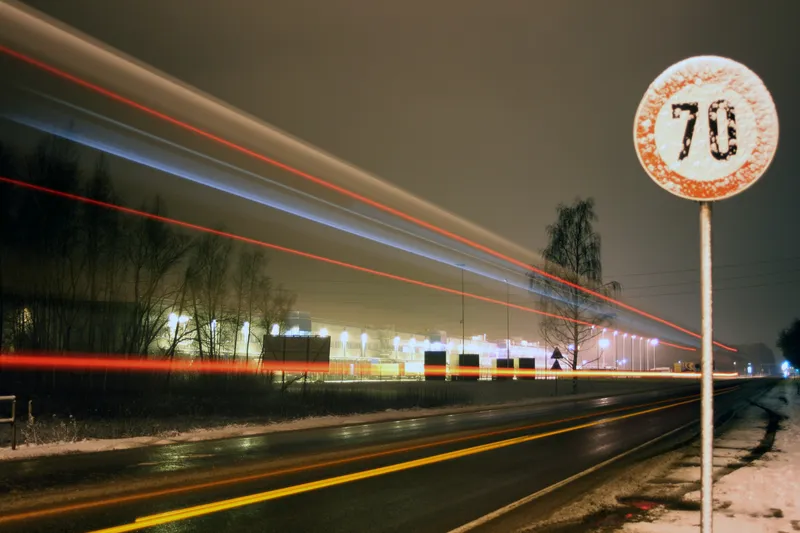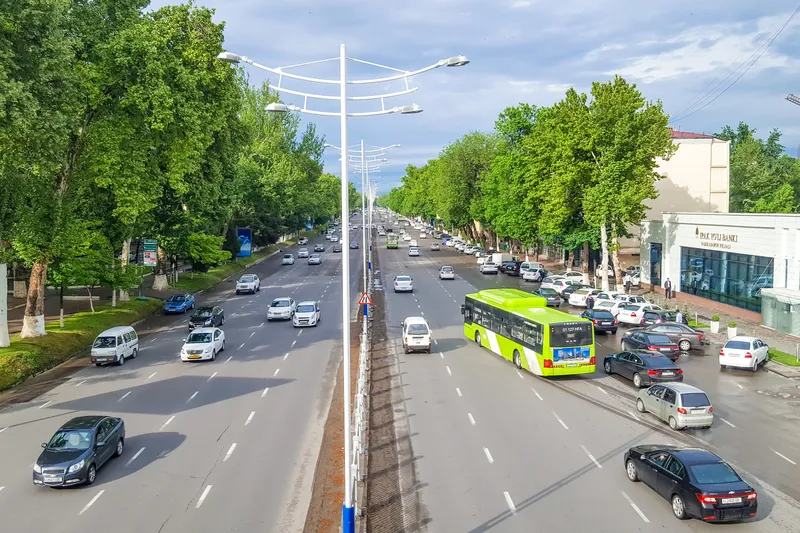The French ministry of the interior has ordered an additional 240 fixed speed enforcement systems from French speed camera manufacturer Parifex. These will be deployed on the national highway network replacing the existing conventional systems.
The VIGIE systems provide lane identification, vehicle classification and bi-directional monitoring. The systems are also able to differentiate between three categories of vehicles with specific speed limits (large trucks/coaches/light vehicles), providing accura
July 5, 2016
Read time: 1 min
The French ministry of the interior has ordered an additional 240 fixed speed enforcement systems from French speed camera manufacturer Parifex. These will be deployed on the national highway network replacing the existing conventional systems.
The VIGIE systems provide lane identification, vehicle classification and bi-directional monitoring. The systems are also able to differentiate between three categories of vehicles with specific speed limits (large trucks/coaches/light vehicles), providing accurate speed monitoring and identification of offending motorists.










